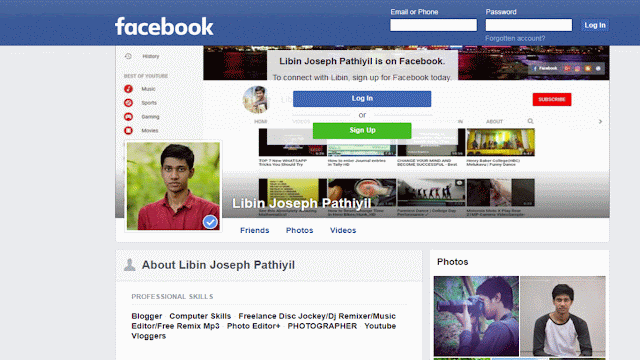What is notch in mobile?
A notch is essentially a cut-out, at the top, of a part of the screen display. Its advantage: It offers the ability to retain the display space on either side of it, for information such as date, battery statistics and more, and for apps. “Our research has shown that the space occupied by the notch typically goes unused in standard use. The notch makes optimal use of the vacated space,” says Pete Lau, CEO, OnePlus. No wonder, then, that the Oppo F7, Vivo V9 and Huawei P20 Pro have adopted it.
The notch is the outcome of two trends. The first is the shift towards minimal bezels—most of the phones launched since 2017 have had thinner frames around the display, so they are more compact—and phone makers can increase display size. This makes the phone an even better productivity device, since the extra display space can be particularly useful with apps such as document editors, or sharing screen space among two apps.
Second, phone makers have also made the shift to taller screens with a 18:9 aspect ratio. Shaving off the bezels further would mean there is no space left for hardware, such as front-facing cameras, speakers and sensors. These sensors then have to be connected to the main circuit-board. Optical and audio hardware can’t be placed just anywhere either, or neither will work as expected.
Phone makers, then, were left with two options. Either stop reducing bezel thickness and leave enough space for the hardware (Samsung Galaxy S9, for example) or cut away a part of the display to find space for the hardware (for instance, Apple iPhone X).
















